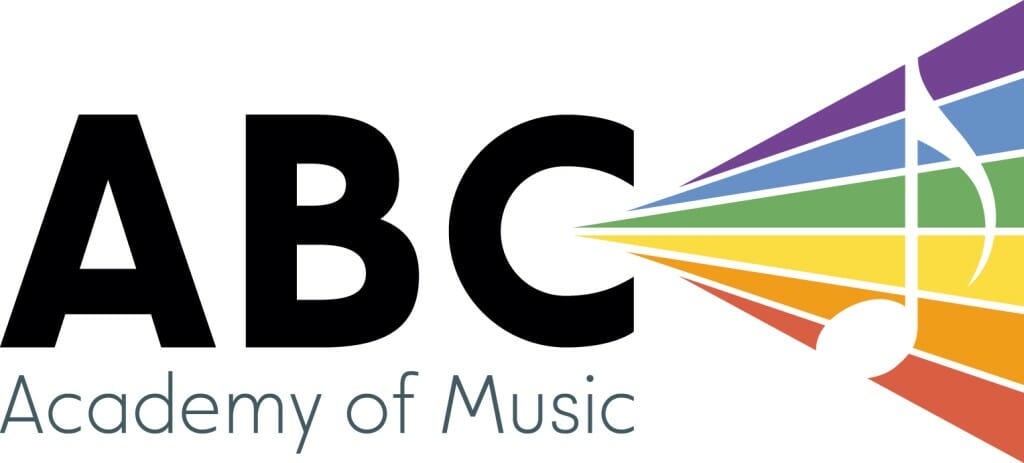Hi everyone,
With the transition to ZOOM video lessons, I am no longer able to write down notes and musical material in the students’ books/binders. Instead, I have created PDF documents for each of you and dropped them into a Google Drive folder. The link to your documents is listed in the What to practice heading under your name below. You should be able to access the documents simply by clicking on the link. Here are your practice assignments for this week:
Will
Recommended minutes to practice: 15-20 minutes per day
What to practice: Practice the intro, verse, and chorus of “Good Times Bad Times”: https://drive.google.com/open?id=17pjkCZ1jfMdjwRqFBMaPIG_hKMb3gQGz
How to practice it most effectively: Work on developing consistency with each section of this song. Don’t worry too much about speed, but just focus on playing everything accurately. Listen to the song a few times this week to help you get the rhythms and beats into your ear. Next week we will work on the transitions from one section to the next.
Elliot
Recommended minutes to practice: 10-15 minutes per day
What to practice: Practice #7-10 from the page of 16th-note beats: https://drive.google.com/open?id=10YGpSqgr9Z2SExyhXz7k1evG3C0t2VEc
How to practice it most effectively: It is really important that you invest some time into practicing these beats this week. They get a little bit better during each lesson, but you’ll see much more progress if you practice them on your own throughout the week. Try to find just 10-15 minutes at least three times this week to sit down at the drums and practice these four beats. If you can really play these consistently then we will pick a new song to learn in the new year.
Aidan
Recommended minutes to practice: 20-30 minutes per day
What to practice: Keep practicing the double stroke rudiments as well as the first two lines of “Drum Corps on Parade”: https://drive.google.com/open?id=1yJPRmQn7QZuvnmvhe8ji-CCGmJPGLDZi
How to practice it most effectively: Spend a lot of time this week working on bouncing the stick in your left hand. Try to get fast bounces and slow bounces, high bounces and low bounces, etc. As much as possible, get the fingers on your left hand to move with the stick when it bounces. With the first two lines of “Drum Corps on Parade,” pay close attention to which notes are accented and which ones aren’t. The musicality is all in the dynamics and accents.
Noah
Recommended minutes to practice: 10-15 minutes per day
What to practice: Finish the page of 16th-note beats by reviewing #7-8 and learning #9-12: https://drive.google.com/drive/folders/1Dga1ZBRWaN_Ka4O1G009w-74c4VaZCj7?usp=sharing
How to practice it most effectively: Take the new beats slowly at first. Count the 16th notes in your head (or out loud if it’s helpful!) and make sure that each bass drum note is played in the correct spot. When playing with two hands on the hi-hat, pay close attention to which bass drum notes are played together with the left hand. These ones are usually more difficult to play exactly together. Once the beats start to feel comfortable, then try playing them at slightly faster speeds.
Nate M.
Recommended minutes to practice: 20-30 minutes per day
What to practice: Practice the main beats from “Gotta Jibboo” by Phish: https://drive.google.com/drive/folders/1UJYz7hx_AeAM7Std0aj1Y1IyVd-8f86S?usp=sharing
How to practice it most effectively: These beats need to be played accurately and consistently for a long period of time in order to play this song. Listen to the song a few times this week to try to get the sound of the beat in your ear. Listen especially to the rhythm on the bass drum. Also, the beat that plays on the ride cymbal has a slightly different rhythm in the right hand.
Nate O.
Recommended minutes to practice: 15-20 minutes per day
What to practice: Work on the first line of the “long fill” from page 2 of “Chameleon” by Herbie Hancock: https://drive.google.com/open?id=1lsS6FvGAobS96Y5mFUDE_7L1HGfAK0_s
How to practice it most effectively: The most important thing with this fill is that the rhythm is accurate. In the first bar the rhythm is mostly just eighth notes “1 & 2 & 3 & 4 &.” In the second measure, the rhythm changes to 16th notes (faster). Try to play the whole line without stopping or hesitating.
